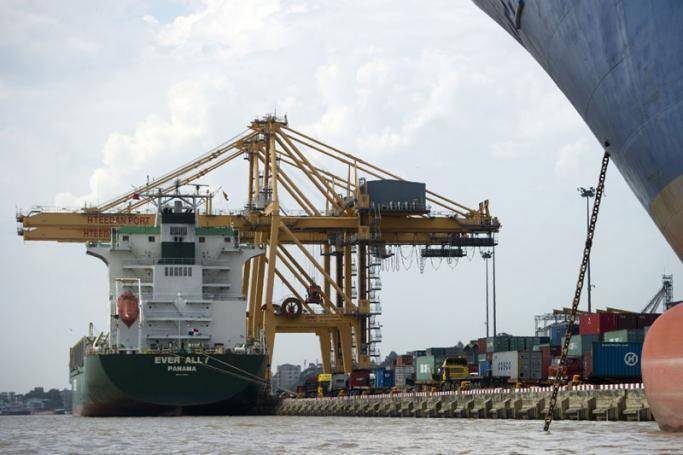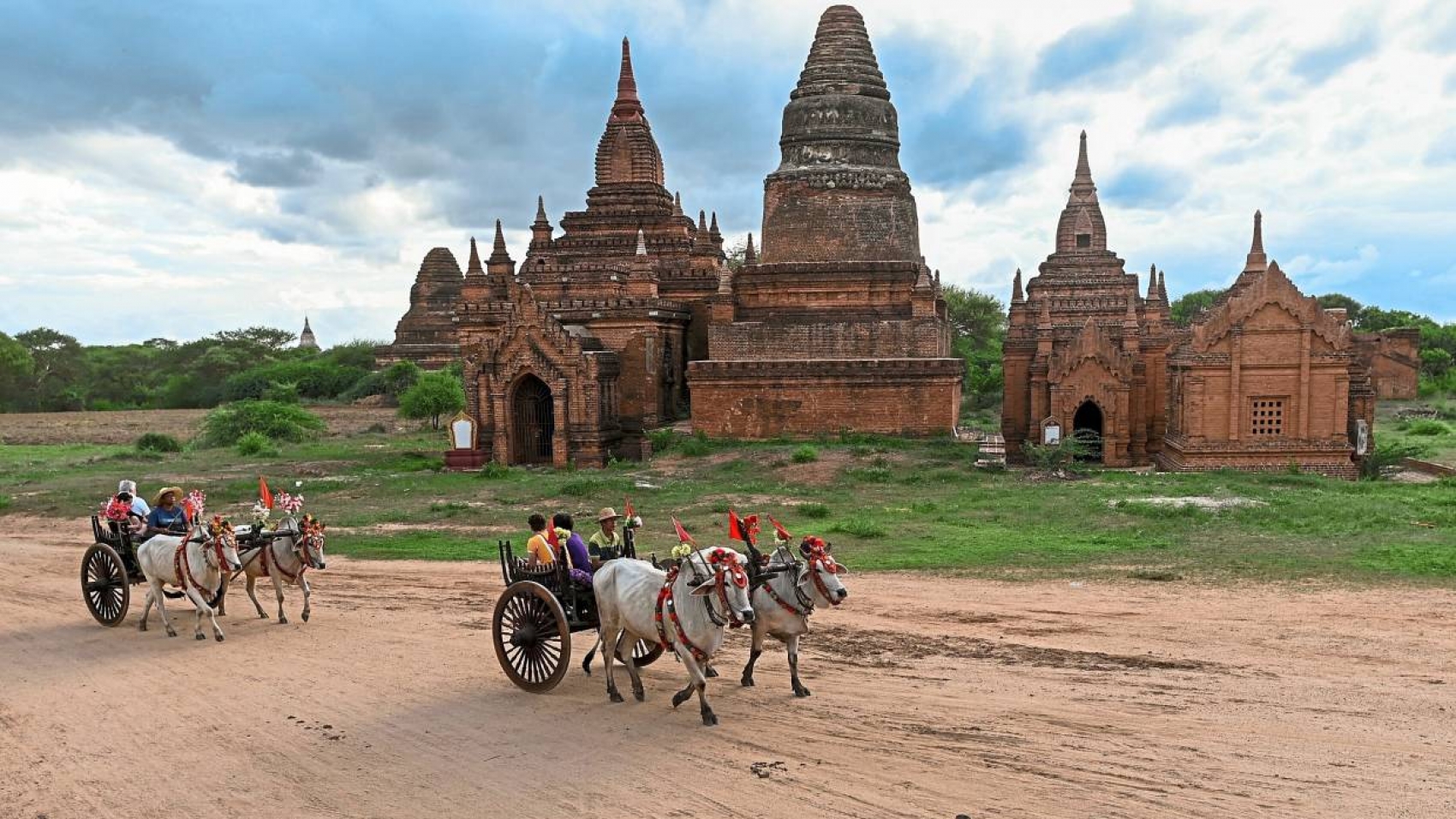On September 16, the ministerial – level “Joint Commission on Cooperation in the field of Trade and Industries” was held in Nay Pyi Taw and Seoul respectively. Due to COVID-19, it was organised on-line. The Joint Commission was the first of its kind as a follow-up to the summit meeting in September 2019. President Moon Jae-In of the Republic of Korea (ROK) and Daw Aung San Suu Kyi, State Counsellor, signed the MOU on establishment of the Joint Commission with a view to elevating trade and investment to a new height. The Joint Commission was well-timed as this year marks the 45th anniversary of the diplomatic relationship between the ROK and Myanmar. The ROK government has been actively pursuing the New Southern Policy, its flagship diplomatic initiative, and in that context, looks to Myanmar as the last frontier market in the ASEAN region.
The leaders’ commitment to upgrading investment and enhancing people-to-people exchanges has shown specific outcomes. The two sides are working together to identify suitable projects, which will be borne by a newly established soft loan to the amount of US$ 1 billion. The Myanmar government has granted new working licenses to three Korean commercial banks, thus making Korea the country with the highest number with a total of four licensed banks in Myanmar. A new direct flight by Myanmar Airways International, launched in past December, is another welcome development. Korea-Myanmar Industrial Complex (KMIC) is expected to draw as many as 150 to 200 Korean companies once it is up and running. Korea is working with the Myanmar side on drawing blueprint for Dala new town.
At the Joint Commission meeting, both sides reaffirmed the importance of “Korea Desk”which will serve as a one-stop shop and gateway for new investors from Korea. Over the past few years, the horizon of Korean investment has considerably widened. The successful Joint Commission meeting was a small but significant step to make Korea’s commitment to working together with its time-honored friend, Myanmar, towards the visionary and inspiring message President Moon delivered during his state visit-“Korea will be a trustworthy partner in turning Myanmar’s dream of the miracle in the Ayeyarwady river into reality”.
Source: Myanmar Times




